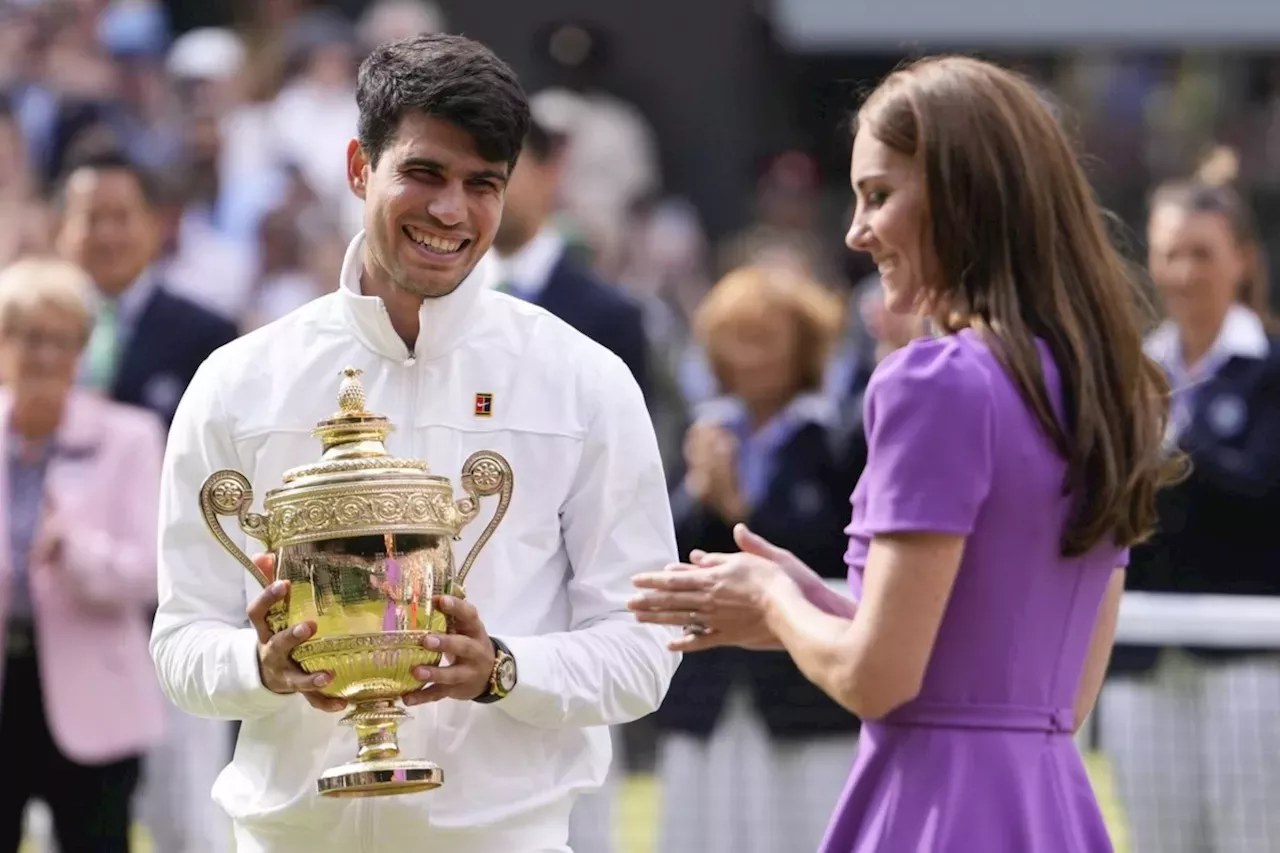Novak Djokovic’s Age and Career Highlights
Djokovic age – Novak Djokovic is a Serbian professional tennis player who is widely regarded as one of the greatest tennis players of all time. He has won 23 Grand Slam singles titles, the most among men in the Open Era, and has been ranked world No. 1 for a record 387 weeks. Djokovic’s age has been a topic of discussion throughout his career, as he has continued to perform at a high level well into his 30s.
At 35, Novak Djokovic continues to defy the odds, proving that age is just a number. His recent Wimbledon victory is a testament to his unwavering determination and exceptional skills. Djokovic’s triumph at the All England Club marked his seventh Wimbledon title, solidifying his place among the greatest tennis players of all time.
Novak Djokovic’s Wimbledon dominance is a testament to his remarkable consistency and longevity, a testament to his unwavering spirit and unwavering commitment to the sport.
Djokovic was born on May 22, 1987, in Belgrade, Serbia. He began playing tennis at the age of 4 and turned professional in 2003. He won his first Grand Slam singles title at the 2008 Australian Open and has since gone on to win 23 Grand Slam singles titles, including 10 Australian Open titles, 7 Wimbledon titles, 3 US Open titles, and 3 French Open titles.
Djokovic’s age has been a factor in his performance and longevity. As he has gotten older, he has had to adapt his playing style to compensate for the physical decline that comes with age. He has become more reliant on his experience and court craft, and he has developed a more all-court game. Djokovic has also been able to maintain his fitness and conditioning through a rigorous training regimen.
Impact of Age on Performance and Longevity
The impact of age on an athlete’s performance and longevity is a complex issue. There are a number of factors that can affect an athlete’s performance as they get older, including physical decline, injuries, and motivation. However, there are also a number of factors that can help an athlete to extend their career, including genetics, training, and diet.
At the age of 35, Djokovic is still a force to be reckoned with on the tennis court. His longevity is a testament to his hard work and dedication to the sport. However, the rise of young stars like Carlos Alcaraz, who has already won two Grand Slams , is a reminder that Djokovic’s time at the top may be coming to an end.
Nonetheless, Djokovic remains one of the greatest players of all time, and he will undoubtedly continue to be a contender for major titles for years to come.
Djokovic has been able to extend his career by taking care of his body and by adapting his playing style to compensate for the physical decline that comes with age. He has also been able to maintain his motivation and focus, which has helped him to continue to perform at a high level.
Comparison to Other Tennis Legends: Djokovic Age

Novak Djokovic’s age has been a significant factor in his career, shaping his achievements and influencing his ranking and tournament success. A comparison with other tennis legends, such as Roger Federer and Rafael Nadal, highlights these influences.
Peak Age and Performance
- Djokovic’s peak performance came between the ages of 27 and 31, during which he won multiple Grand Slams and held the world number one ranking for extended periods.
- Federer and Nadal achieved their peak performances at similar ages, with Federer winning 15 Grand Slams between the ages of 24 and 30 and Nadal winning 10 Grand Slams between the ages of 25 and 29.
Longevity and Consistency
- Djokovic’s longevity and consistency have been remarkable. He has remained a top-ranked player for over a decade, winning Grand Slams even in his late thirties.
- Federer and Nadal have also shown exceptional longevity, but Djokovic’s ability to maintain his level of play into his late thirties is unprecedented.
Adaptability and Evolution
- Djokovic has consistently adapted his game to stay competitive, embracing new technologies and training methods to improve his fitness and endurance.
- Federer and Nadal have also shown adaptability, but Djokovic’s ability to evolve his game throughout his career has given him an edge in the later stages.
Mental Resilience and Longevity
- Djokovic’s mental resilience has been a key factor in his success. He has overcome injuries, setbacks, and personal challenges to maintain his focus and determination.
- Federer and Nadal have also demonstrated mental strength, but Djokovic’s ability to perform under pressure and recover from adversity has been exceptional.
Djokovic’s Longevity and Future Prospects

Novak Djokovic’s exceptional longevity in tennis can be attributed to several factors, including his rigorous fitness regimen, innovative training methods, and unwavering mental fortitude.
Fitness Regimen
Djokovic adheres to a strict fitness regimen that includes daily workouts, stretching, and a personalized diet plan. His workouts focus on strength training, cardiovascular exercises, and flexibility, ensuring he maintains peak physical condition throughout the season.
Training Methods, Djokovic age
Djokovic has embraced innovative training methods, such as cryotherapy and altitude training, to enhance his recovery and performance. He collaborates closely with a team of experts to optimize his training programs and address any physical challenges.
Mental Approach
Djokovic’s mental resilience is a key factor in his longevity. He possesses an unwavering belief in his abilities and a strong competitive spirit. His ability to stay focused, adapt to different playing conditions, and overcome adversity has contributed to his success over the years.
Future Prospects
Djokovic’s future prospects remain bright despite his advancing age. His fitness and mental strength suggest he can continue to compete at the highest level for several more years. However, he may face challenges as he ages, including potential injuries and the emergence of younger players.